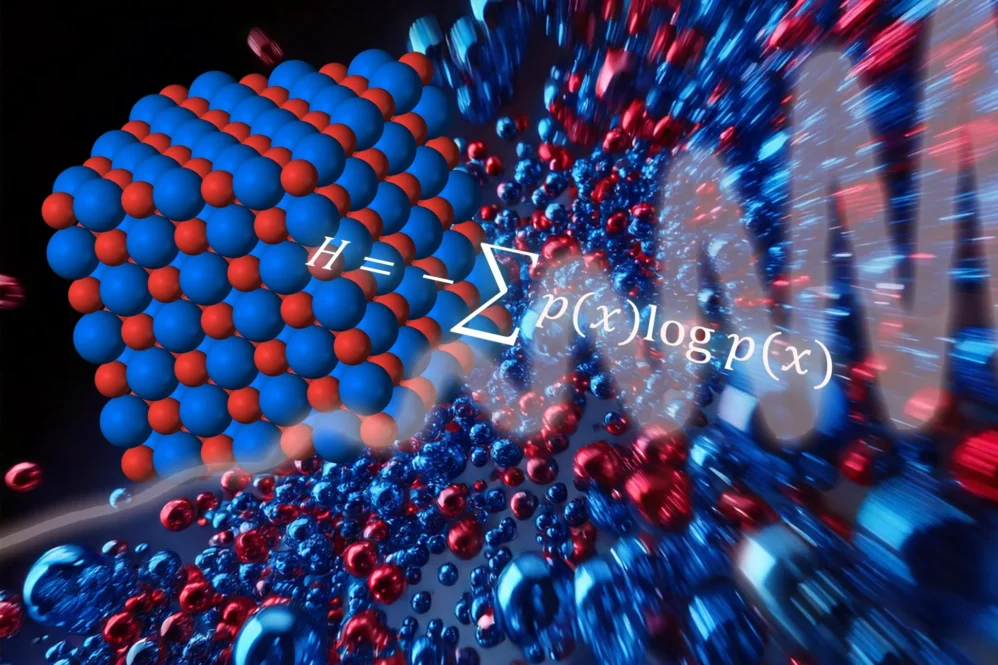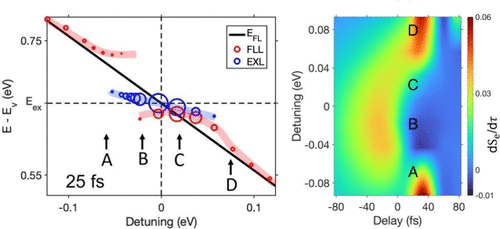The apparent contradiction between quantum mechanics and thermodynamics regarding entropy has been resolved by researchers at TU Wien. While the second law of thermodynamics states that entropy (disorder) must increase in closed systems over time, quantum physics seemed to suggest that entropy remains constant. This paradox has now been clarified through a new understanding of how entropy should be measured in quantum systems.
The research focuses on the distinction between von Neumann entropy, which remains constant in quantum systems, and Shannon entropy, which accounts for the uncertainty inherent in quantum measurements. Von Neumann entropy, when calculated for a complete quantum state, doesn’t change with time. However, this approach overlooks a fundamental aspect of quantum mechanics: the impossibility of having complete information about a quantum system.
Professor Marcus Huber from TU Wien’s Institute for Atomic and Subatomic Physics explains that entropy measures whether a system exists in a specific state (low entropy) or one of many possible random-appearing states (high entropy). In classical physics, this concept helps define time’s direction, as systems naturally progress from ordered to disordered states. The challenge arose when mathematician John von Neumann demonstrated that quantum physics suggests entropy remains unchanged, making it impossible to distinguish time’s direction.
The breakthrough came from considering Shannon entropy, which measures the uncertainty in quantum measurements. In quantum mechanics, even when probability distributions are known, specific measurement outcomes remain unpredictable. Shannon entropy quantifies this inherent uncertainty. As Florian Meier from TU Wien explains, Shannon entropy measures how much information is gained from a measurement. When there’s only one possible outcome with 100% certainty, Shannon entropy is zero. However, when multiple outcomes are equally probable, Shannon entropy is high.
The research team proved mathematically and through computer simulations that Shannon entropy in closed quantum systems increases over time until reaching a maximum value, aligning with classical thermodynamics. This finding demonstrates that the second law of thermodynamics applies to isolated quantum systems when using an appropriate definition of entropy.
This reconciliation between quantum mechanics and thermodynamics has practical implications, particularly for modern quantum technologies. While these considerations may not be crucial for simple quantum systems like individual hydrogen atoms, they become essential when dealing with many-particle quantum systems, which are increasingly relevant in technological applications.
The research reveals several important findings. The seeming contradiction between quantum mechanics and thermodynamics arises from different methods of measuring entropy. Additionally, any meaningful calculation of entropy must account for the fundamental uncertainty inherent in quantum systems. The researchers found that Shannon entropy serves as a more suitable measure for quantum systems compared to von Neumann entropy. Perhaps most significantly, they demonstrated that the second law of thermodynamics remains valid in quantum systems when viewed through this proper theoretical framework.
These findings contribute to the fundamental understanding of quantum systems and lay groundwork for advancing quantum technologies. The research demonstrates that while quantum mechanics may seem to challenge classical physics principles, careful consideration of measurement and uncertainty reveals underlying consistency between quantum and classical theories.
The paper has been published in PRX Quantum.
Reference: “Emergence of a Second Law of Thermodynamics in Isolated Quantum Systems” by Florian Meier, Tom Rivlin, Tiago Debarba, Jake Xuereb, Marcus Huber and Maximilian P.E. Lock, 14 January 2025, PRX Quantum. DOI: 10.1103/PRXQuantum.6.010309



